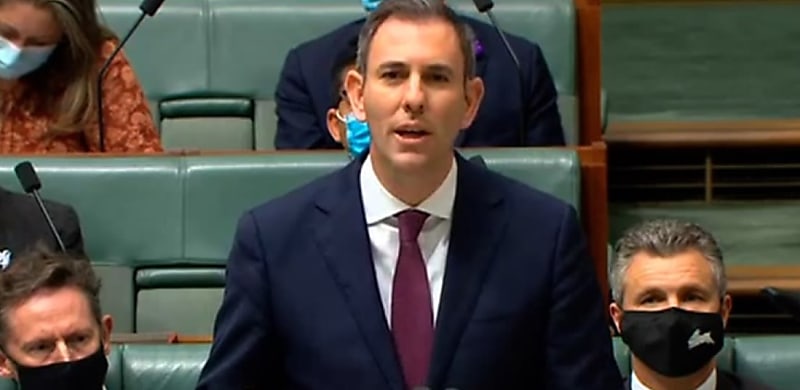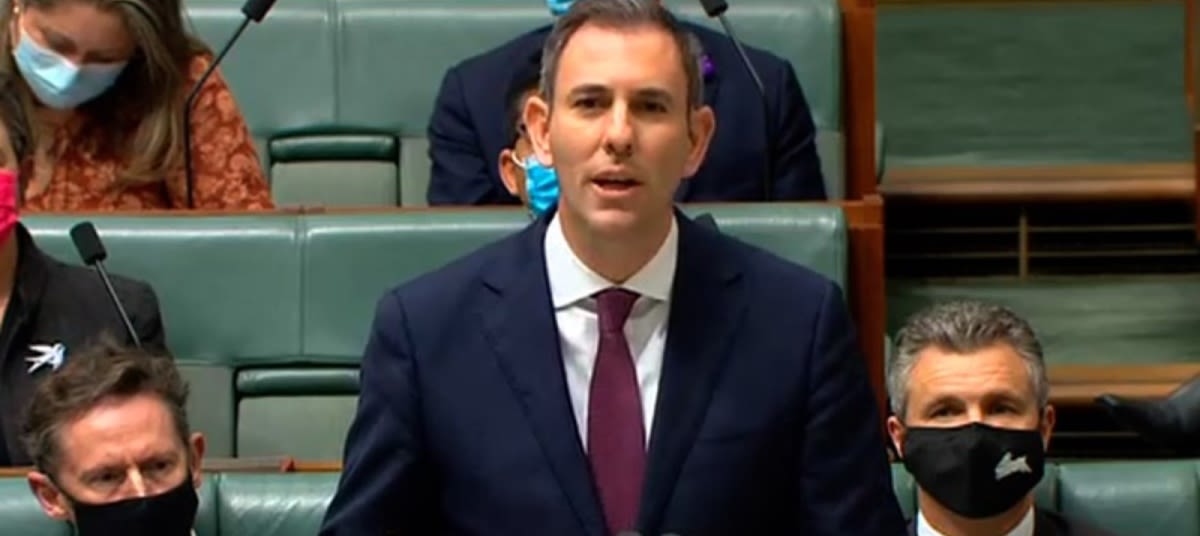
Among a swathe of cost-of-living measures, the federal budget released today (9 May) is expected to help boost housing affordability.
The Australian federal budget, due to be unveiled by Treasurer Jim Chalmers today (9 May) at 7:30pm AEST is expected to address the housing crisis in Australia, among a swathe of measures around cost-of-living pressures.
The country’s escalating housing crisis has been exacerbated by population growth with a faster-than-expected return of international students and working holiday-makers, alongside rising construction costs and steep interest rate rises.
Recent data from the Australian Bureau of Statistics (ABS) for March 2022 showed building approvals continue to lag, adding to wait times and supply constraints in the housing market.
Thus, the budget is expected to introduce affordable housing policies, with a particular focus on increasing housing stock to meet the rising demand.
“We recognise that housing for a lot of people is the pointy end of the spear when it comes to this cost‑of‑living challenge that people are dealing with,” Mr Chalmers said.
“In the rental market, the best thing we can do is build more supply, build more stock.”
The centrepiece of the Australian budget will be the $14.6 billion “cost-of-living relief that doesn’t add to inflation”, Mr Chalmers said.
“What you’ll see in the budget is in areas like the energy bill relief for more than 5 million Australians is that we have found ways to take the pressure off bills,” Mr Chalmers said.
Small-business relief
Mr Chalmers has also emphasised that small businesses will be “front and centre” of this budget, given their fundamental role in the Australian economy.
The government announced the ‘Small Business Energy Incentive’ that will provide up to 3.8 million eligible businesses with an additional 20 per cent deduction on spending that supports electrification and more efficient use of energy.
“It will help small businesses make investments like electrifying their heating and cooling systems, upgrading to more efficient fridges and induction cooktops, and installing batteries and heat pumps,” Mr Chalmer said.
The tax deduction will be available to businesses with an annual turnover of less than $50 million and up to $100,000 of total expenditure will be eligible for the incentive, with the maximum bonus tax deduction being $20,000 per business.
Business assets or upgrades will need to be first used or installed ready for use between 1 July 2023 and 30 June 2024.
Build-to-rent tax break
Alongside energy rebates and cost-of-living relief, Mr Chalmers has pledged tax breaks for build-to-rent projects to encourage more investment.
For example, the government will increase the depreciation rate from 2.5 per cent to 4 per cent per year for eligible new build-to-rent projects with construction set to commence after 9 May 2023. It will also reduce the withholding tax rate from 30 to 15 per cent for eligible fund payments from managed investment trusts to foreign residents on income from newly constructed residential build-to-rent properties after 1 July.
It comes as the first jointly funded build-to-rent-to-buy pilot is underway in Canberra, with 22 affordable rental dwellings expected to support vulnerable women.
Under the proposal, the National Housing Finance and Investment Corporation (NHFIC) will provide up to $7.14 million in concessional loans from the NHIF to the project that will be combined with a $4.5 million grant from the ACT government.
The government has also announced a $2 billion boost to the NHFIC’s liability cap from $5.5 billion to $7.5 billion from 1 July 2023, which will enable the NHFIC to support more social and affordable rental homes through lower costs and longer-term finance to community housing providers.
Home Guarantee extended
In addition, the government has also announced an extension of its Home Guarantee criteria, which will allow more people to apply.
Under the program, permanent residents, cohabiting friends, and previous home owners will now be eligible to apply for the program, 1 from July 2023.
The budget’s centrepiece is the Housing Australia Future Fund, which will establish a $10 billion fund to build 30,000 new social and affordable homes, including 4,000 for women and children fleeing domestic violence and older women at risk of homelessness.
However, the proposed legislation is currently awaiting parliamentary approval, with the Coalition and Greens rejecting the bill and only Jacqui Lambie throwing her support behind it.
[Related: Budget 2022-23 released: What you need to know]
